Your cart is currently empty!
Tendon injuries are amongst the most common injuries that runners will get. 30% of all people who run and up to 80% of regular and serious runners may pick up a muscle tendinopathy. Tendinopathies are an overuse injury that are due to lack of recovery of your tendon from your training. This can cause tears and degeneration of your tendon.
You may feel a tendinopathy as a dull ache in your muscle but particularly at either end of your muscle. This is where your tendons are located and attach to your bone. Your symptoms may feel like a soreness or an ache that can ease with exercise but then become sore again afterwards. If you’ve had a tendinopathy you might have noticed that without proper treatment and offloading that it slowly progresses to a sharp pain during running.
The treatment for a tendinopathy is not typical of many different injury treatments. In fact with a lot of injuries, stretching might be prescribed to reduce scar tissue and restore your range of motion in the muscle. With a tendinopathy stretching is likely to achieve very little or even make the problem worse. In addition, complete rest is not advised as this can make the tendon and other areas weaker and more susceptible to injury when you restart training.
Treatment
Tendon strengthening exercises are generally prescribed to help recover from tendinopathy. This should always be guided by your level of pain. The exercise you do should not hurt your tendon beyond a 4/10 level of pain while you are completing it.
For a high-level of pain it may be best to start with some low-level isometric exercises. These are static exercises that don’t involve movement but generally involve your holding a position that targets the muscle attaching to the affected tendon. Initially the intensity of these exercises should be low – 30-60 second holds. A guide to whether your intensity is too high is if your tendon is irritated and sore from the exercise and remains irritated 48 hours later. If your pain is reduced 48 hours later, you’re working at the right intensity.
For a more moderate level of pain or as you progress the isometric holds can become shorter to around 10-30 second holds. If you’re in any doubt, start at the longer end of the spectrum and progress slowly to shorter more intense holds. Again if you get pain during the exercise or soreness that doesn’t reduce after 48 hours, your intensity is too high.
If you’re someone who maybe has recurrent tendinopathy and can feel a slight onset of your symptoms then a way to nip this in the bud can either be through intense isometrics or eccentrics. Your isometrics may be best around 5-10 second very intense holds. Alternatively eccentric exercise where you control the descent of your exercise for 3-5 seconds while maintaining a high intensity can help keep this at bay.
Prevention
Prevention is better than cure as is the saying. Tendinopathy is a very preventable injury, like most. Essentially, the line of prevention that is best to take is an extension of end-stage rehab for tendinopathy.
All of our training programmes and coaching services are a great way of preventing injuries as they are tailored towards preventing running-based injuries.
Maintaining consistent loading of the muscle and tendon is crucial to continue increasing the stiffness and resistance to injury of the tendon. You shouldn’t complete your rehab exercises to then stop doing them otherwise it is more than likely you will have a recurring problem.
Dynamic loading of the tendon will be important as it can replicate the loading you will get through running as the tendon lengthens and shortens. This will include both concentric and eccentric contractions (shortening and lengthening) at a high-intensity. This should be at least 80% of your 1RM if you’re completing an exercise where you can measure 1RM. Otherwise you should be working at an 8-9/10 rate of perceived exertion for 6-8 reps of your exercise. If the intensity is low, then it is likely the gains in tendon strength will not be as effective.
Plyometrics are also useful to include – there is debate about whether plyometrics actually improve tendon stiffness. Some studies show that plyometrics can improve tendon stiffness, other’s don’t. However there is definitely no harm they will cause to tendon stiffness if done correctly. Aim to include low-impact plyometrics such as jumps and landings to start and then progress to more high-impact plyometrics such as repetitive jumps and jumps in multiple directions.
Example Exercises
Single Leg Calf Raises – If you have an achilles or soleus tendinopathy these are your go to. These are best completed single leg so that you are still able to load your good leg to an appropriate level. To be able to do these isometrically it can be a good idea to turn the hooks on a squat rack upside down and push upwards against them with a barbell or use a smith machine. This way you are not dependent on your balance.
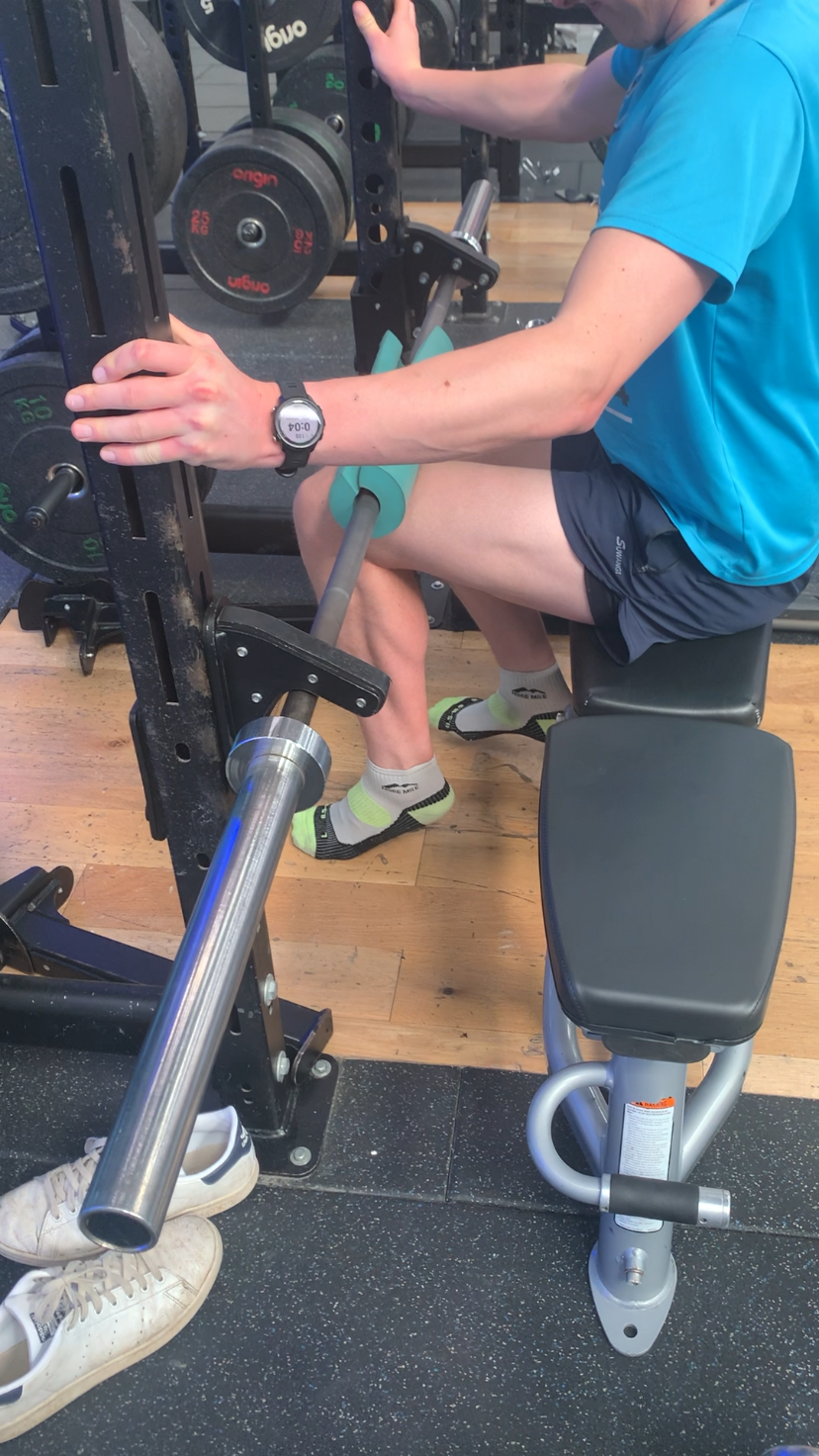
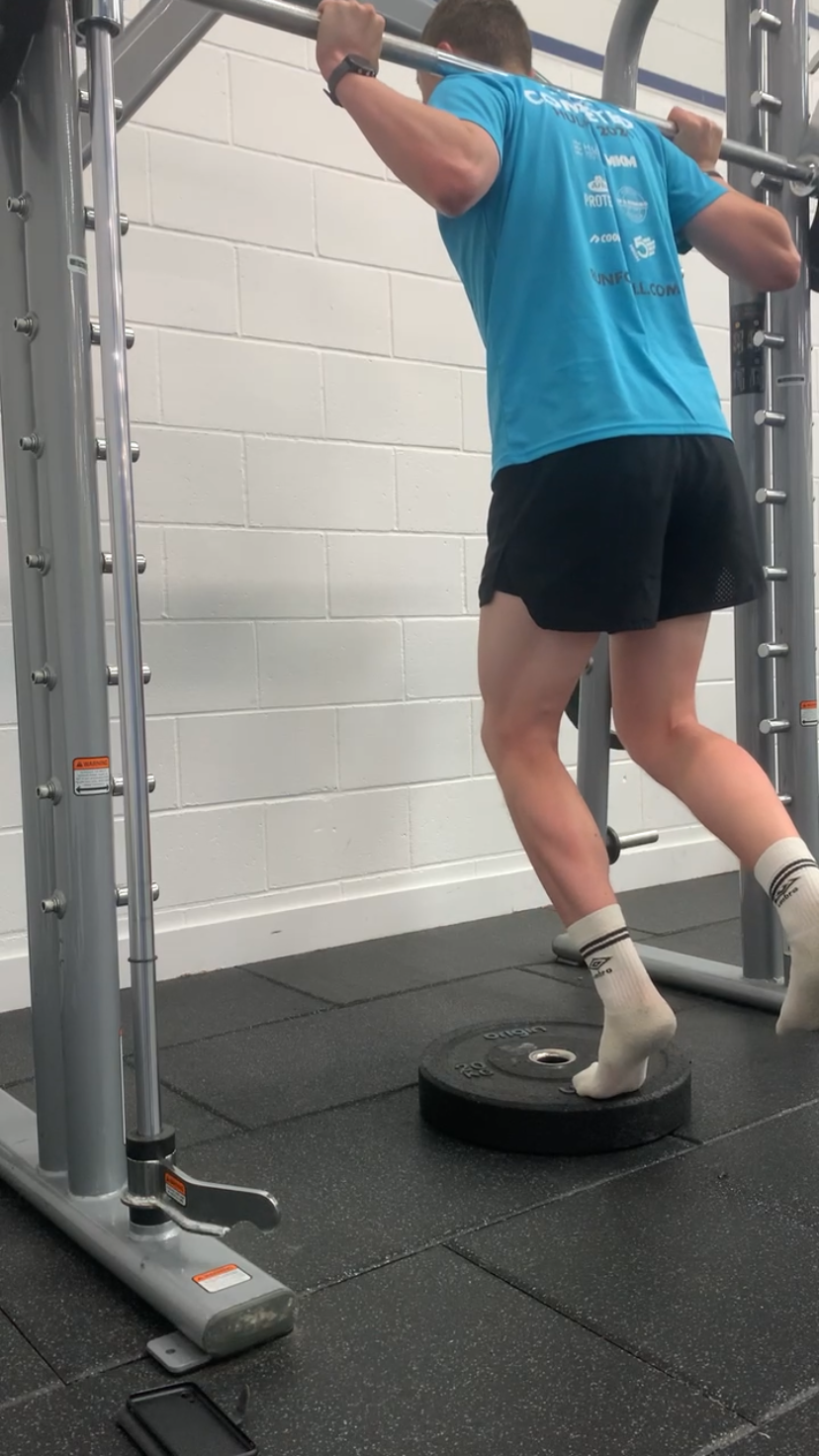
Hamstring Bridges – Again these are best completed single leg. These can be on a range of surfaces. At the easy end, have your heel placed on the floor, at the hard end, have the ball of your foot placed on a foam roller. In between you may elevate the hamstring bridge and have your heel on a box or a step. You can also place a dumbbell or kettlebell in your hip crease to make the exercise more intense.
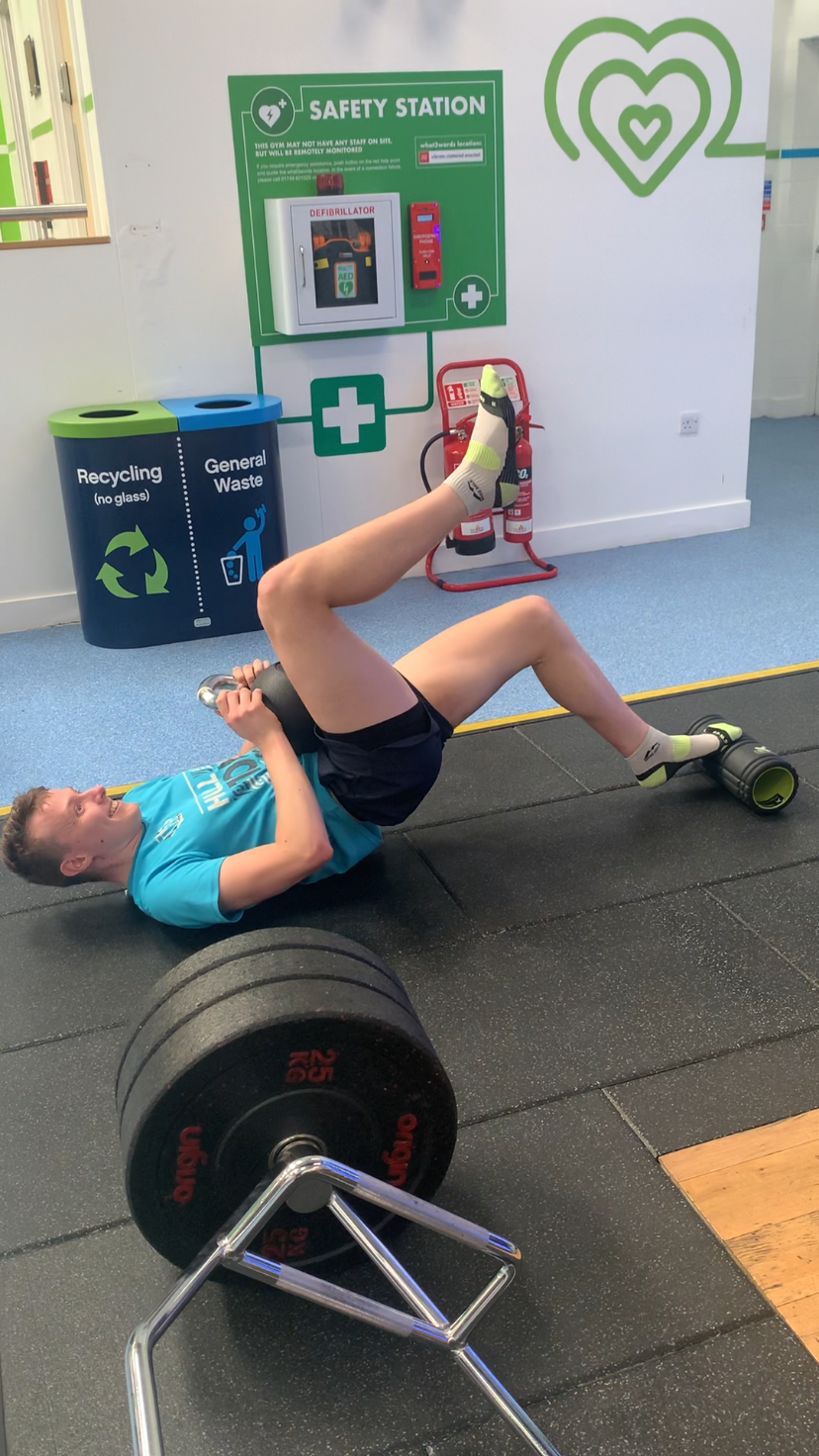
Lunges – To keep patellar tendinopathy at bay this is a great option. Either hold a dumbbell in your hands to your chest or a barbell (guide to lunges). Bend at your knee and hips until your opposite knee almost hits the floor and drive up. If you’re struggling with tendinopathy you can hold this bottom position for a period of time. You can also replicate a similar position on your affected leg on a leg press machine and hold in the bottom position there for as long as necessary or with a controlled eccentric.
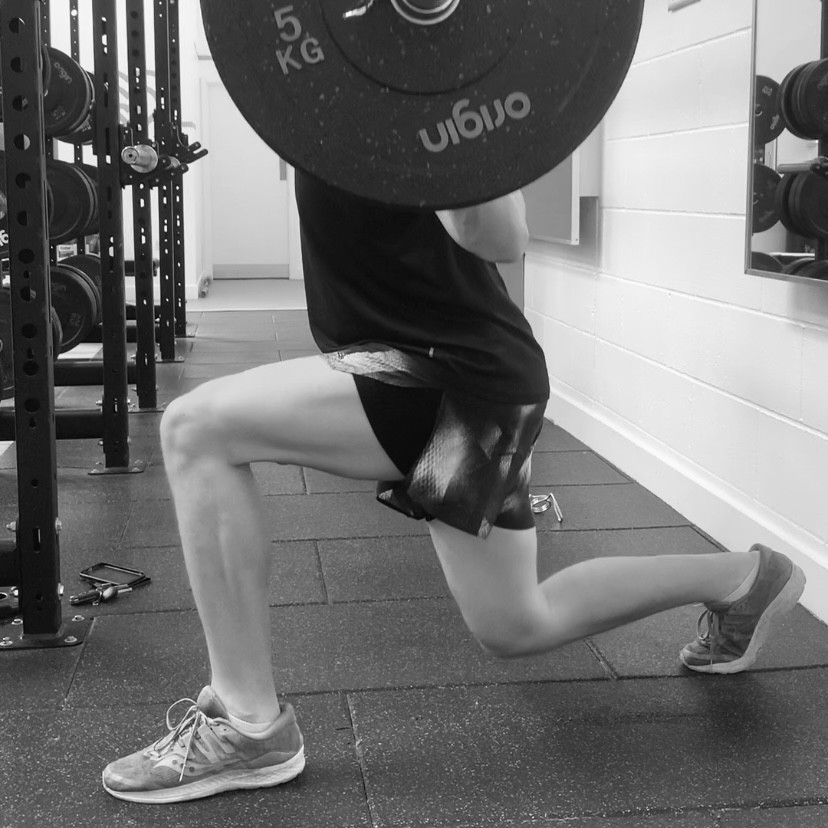
Summary
Tendinopathy is a very common injury that runners may pick up. However the treatment is very different to that of other injuries. Isometric exercise, progressing to eccentric exercises and then plyometrics is a useful way to help treat tendinopathy. However, treatment is only good for treating that particular bout of your injury and prevention is best to keep it from happening again.
Prevention is essentially a maintenance of end-stage rehabilitation. It’s important to keep progressing this to improve your tendon stiffness and it’s resilience to injury. This can be done through exercises such as hamstring bridges, lunges and calf raises. These should be at a high-intensity above 80% of your 1RM or 8-9/10 level of exertion. This ensures that you gain tendon strength most effectively to keep running pain free and enjoy your running!
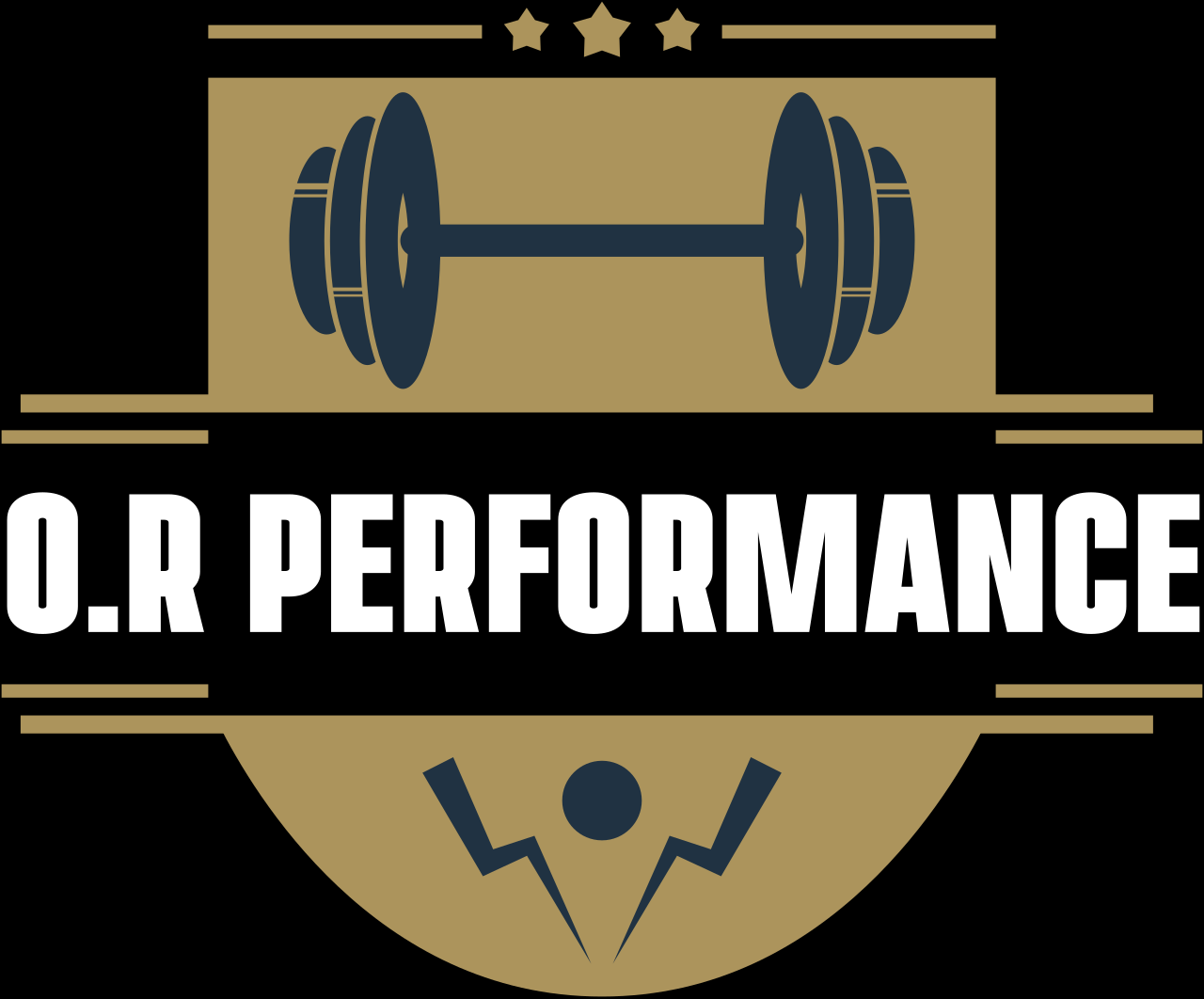
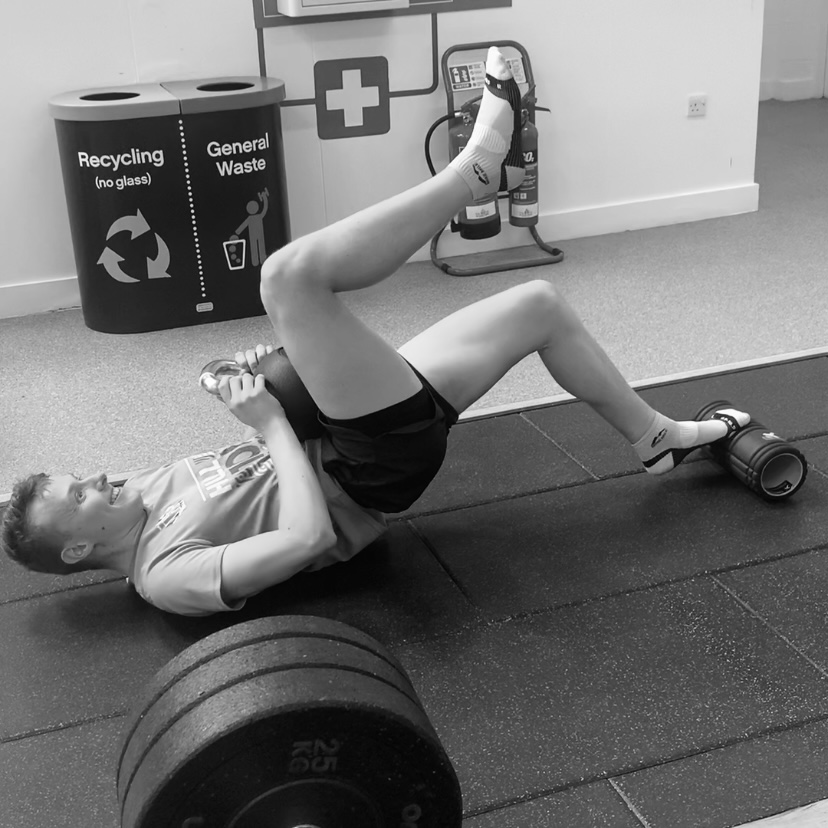
Leave a Reply